The crowdfunding landscape looks much different now than it did a decade ago, before Kickstarter opened the floodgates in 2009. Only then did the practice really take off, and other crowdfunding platforms began to sprout, each with their own unique twist on the concept. Along with Kickstarter, Indiegogo and GoFundMe rose to prominence, followed by other, more niche crowdfunding services like Crowdcube, Experement, and Appsplit.
Fast forward a decade to 2018, and creators from across the globe have raised billions of dollars for all kinds of projects and causes.
But while starting a crowdfunding campaign is easier than ever, running a successful campaign is anything but. What puts most campaigns over the edge is the "hook"—a unique quality that communicates clearly and concisely why the cause is worth someone's attention.
Definition: Crowdfunding is the process of raising money for a project in small increments (i.e., from a crowd). Instead of relying on a few big investors, you ask for cash from hundreds or even thousands of "backers"—and early backers are usually connected to you in some way. In return, you promise them something: early access to your product, add-on features, some free swag.
The Hook
Having an amazing product or an important cause is no guarantee you'll hit your fundraising goal: You need a hook.
A hook encompasses both the product's Unique Selling Point (USP) and the way that USP is framed. Let's look at an example. Say you're trying to sell a run-of-the-mill ladder. Here are a few time-tested USPs you could rely on:
Utility. This ladder allows you to reach heights not normally accessible.
Ethics. This ladder is made entirely from reclaimed wood.
Cutting-edge technology. This ladder collapses into a cube the size of your palm.
Brand personality. Ladders: a step up from stools.
Cost savings. The ladder that won't break your back _or the bank._
Traditional USPs like these can translate well to crowdfunding. But there's one USP that's particularly conducive to crowdfunding: the personal story. Read any crowdfunding tutorial, and it will remind you to show the people behind the campaign. Let audiences hear your story. Why was this project personal for you? What made you so passionate about it? Why are you uniquely qualified to turn this idea into reality?
But remember: To turn a USP into a hook, you need to frame the selling point in a way that grabs people's attention and makes them pull out their wallets. Instead of telling you how to do that, we'll show you—by introducing you to eight organizations who completed successful crowdfunding campaigns thanks to their hooks.
As we walk though each success story, we'll introduce you to the apps behind the campaigns, so you can learn by example and decide which one might work best for your project.
Crowdfunding has become so popular that even crowdfunding platforms are using crowdfunding to stay afloat. That's right: Seed & Spark, a film-based crowdfunding platform, is using another crowdfunding platform, Crowdfunder, to find more investors.
The Big Two Crowdfunding Apps
Kickstarter
As one of the first crowdfunding platforms to hit the web, Kickstarter captured the public's attention with an exciting concept, and distinguished itself from those that followed with a creator-friendly interface and intuitive design that makes it quick and easy to create a campaign.
And unlike many other platforms, Kickstarter remains an all-or-nothing system. If you fail to reach your funding goal, you don't collect any money.

BluffWorks: Raised over $340,000 on Kickstarter
Creator Stefan Loble funded his travel clothing company, Bluffworks, via a Kickstarter campaign, and said that, back in 2012, simply having a novel product went a long way on the platform. But now, with so many backers and projects, novelty isn't always enough:
"You have to communicate you're the most passionate person about that project to develop authority."
During one of his four campaigns, Loble actually asked his backers why they chose to support the project. According to him, "They said, 'You're the most passionate person about wrinkle free pants. They were like, 'Wow, this guy is into wrinkle free pants!'"
But it wasn't just his passion that got him backers: To truly resonate with Kickstarter's massive audience, you need a strong hook. Once he figured that out, Loble was able to capitalize on it. Just look at his most successful campaign, The Blazer, which raised over $340,000. The hook?
"The only blazer you'll ever need. Our machine washable, wrinkle-free blazer is loaded with pockets, and ready to take on the world."
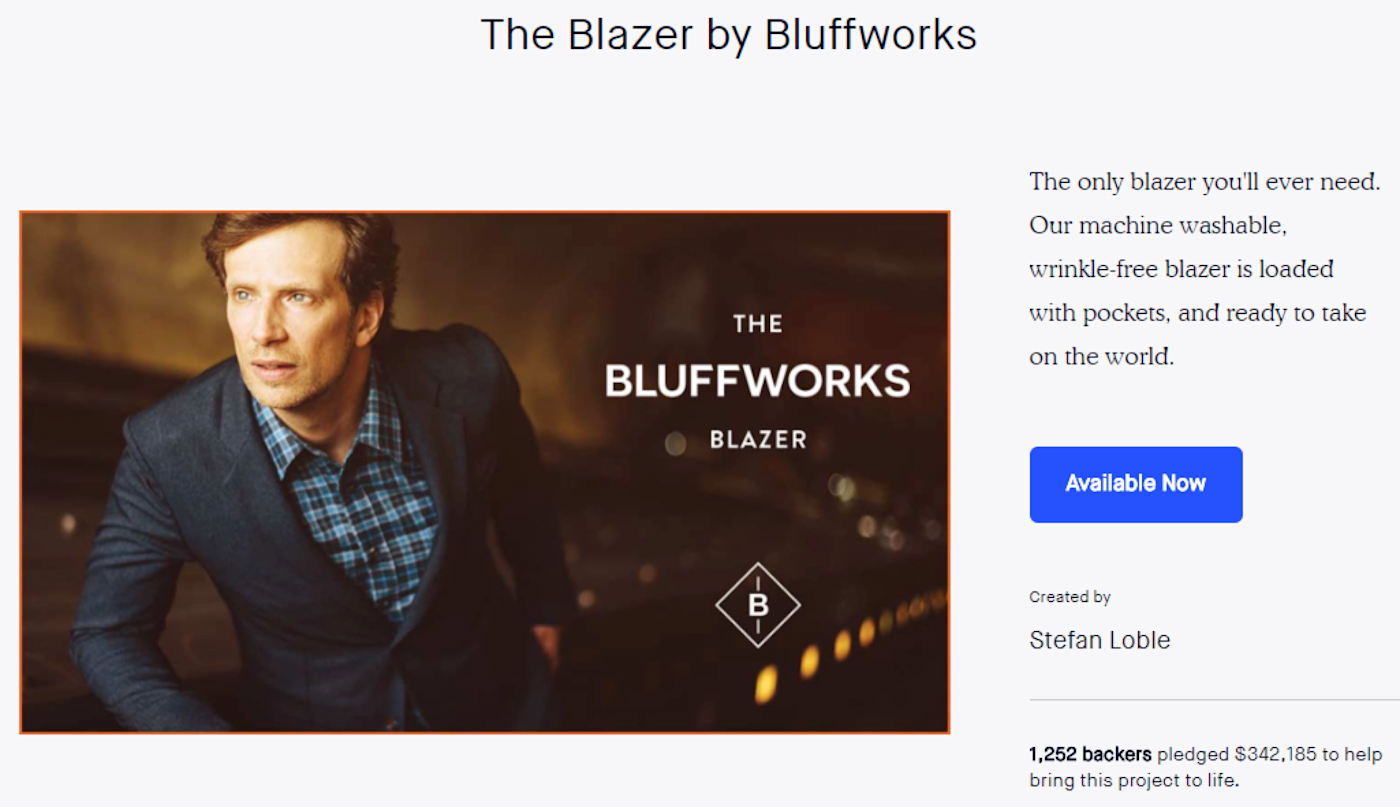
This powerful hook highlights the product's utility and convenience while appealing to the Kickstarter crowd, which is largely made up of millennials aged 25-34. The Blazer illustrates itself as something that young, hip, globetrotting professionals need to look good for less. And not just less money—less effort, fewer products, and less hassle.
Indiegogo
One of Kickstarter's earliest rivals was Indiegogo, a crowdfunding platform actually founded two years before Kickstarter. Unlike Kickstarter, Indiegogo allows creators to collect the money raised even if they fail to hit their funding goal. Indiegogo also has more resources for creators to help them with things like marketing and data tracking.

Aquaforno: Raised over $297,000 on Indiegogo
Aquaforno, a company that builds outdoor cooking systems, chose to crowdfund their Aquaforno II on Indiegogo rather than Kickstarter for another reason: Aquaforno is a British company, and Kickstarter would have forced them to list their project in £ Sterling.
"Most customers from any crowdfunding campaign will be in North America, so it makes sense to list in USD," says co-founder Tim Rhodes. "Also, USD is still the world currency, making it easier for people around the world to understand."
While listing their project in USD was an important factor in their success, Aquaforno still needed a hook, and with an all-in-one outdoor cooking system, there were a lot of angles to choose from. More bang for your buck. You'll never need another grill again. Great for large parties… and so on. Rhodes says:
"The hook itself has always been tricky. One product with so many functions is very difficult to explain succinctly."
But after stumbling upon the idea of a "Kitchen in a backpack," they chose to focus on portability and versatility, two qualities meaningful to the more frugal, transient consumer who may live in three apartments in one year and can neither afford, nor travel with, traditional outdoor cooking equipment.
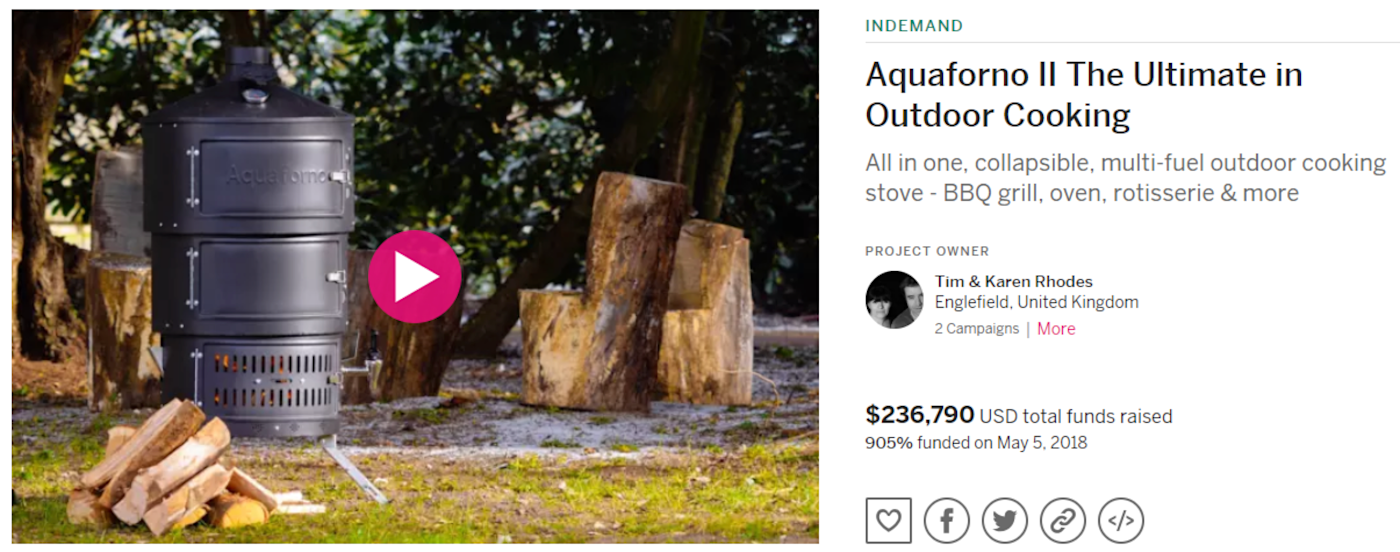
The timing of this campaign was also a factor, Rhodes says. The Aquaforno II may not have caught on a few years ago, but today, the food sector and the camping/glamping sector are experiencing sustained growth.
Crowdfunding Apps for Startups and Small Businesses
Crowdfunder
Unlike Kickstarter and Indiegogo, Crowdfunder practices equity crowdfunding, where creators secure funding from investors rather than backers, offering crowdfunders an actual stake in the company. The platform boasts a network of over 145,000 entrepreneurs and investors, and the average deal amount for funded ventures is $1.8 million.
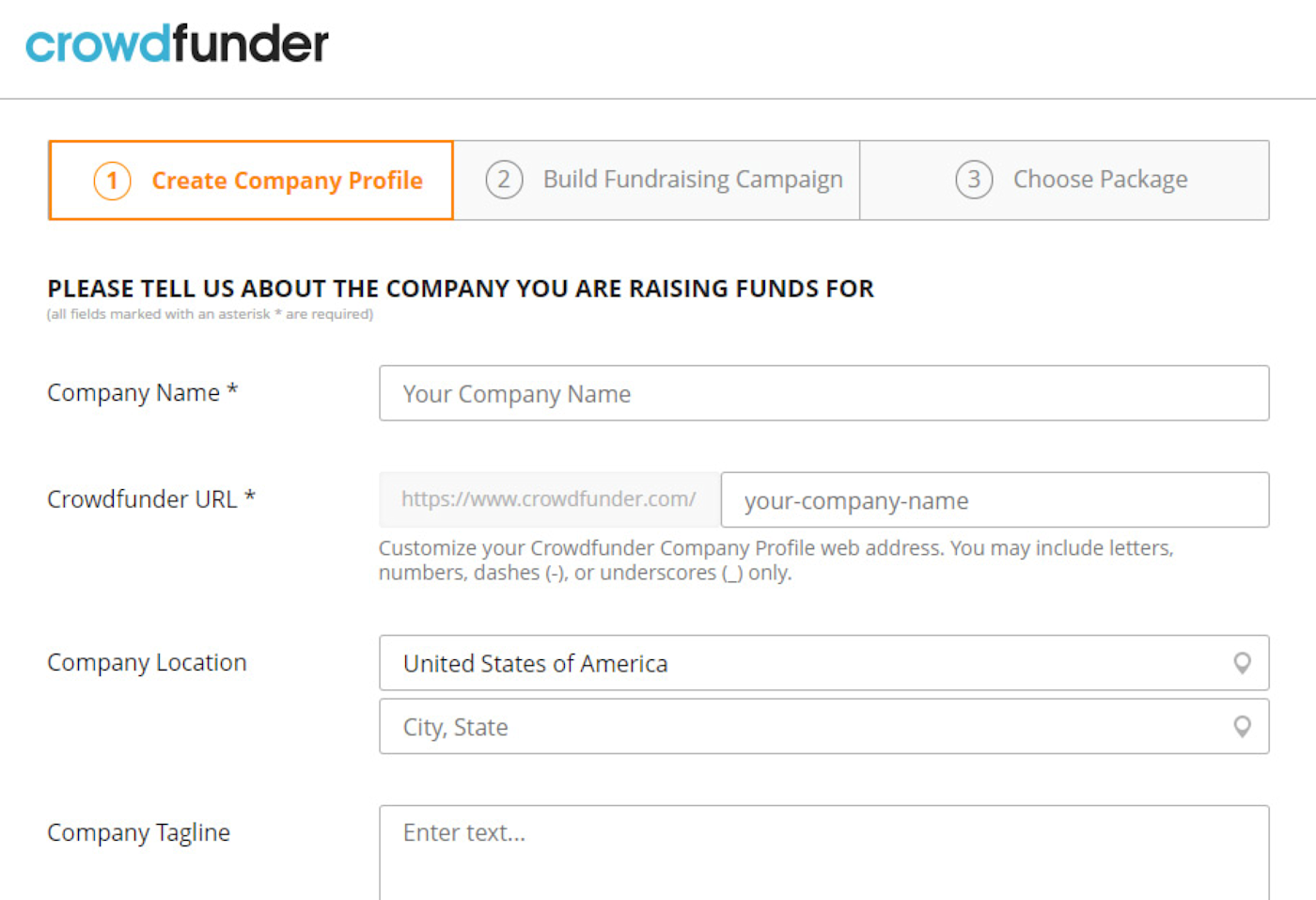
While projects on Kickstarter and Indiegogo benefit from consumer-oriented hooks—and fun rewards—projects on Crowdfunder must convince people that there's high growth potential. If the company tanks, investors go home with nothing.
Selfie With Me: Raised over $715,000 on Crowdfunder
The creators of Selfie With Me know just what investors want to hear.
They make cutting-edge photo booths—placed at locations like film premieres—that are empowered by facial recognition technology. These booths can identify user data like age, gender, and even family relationships. If they were crowdfunding from consumers, they would probably highlight the product's features or entertainment value. But investors want to know how it will make them money. Here's the answer:
"By pairing this data along with movie genre, location, and mobile number or email address, valuable user data is obtained from an audience that the film industry finds extremely compelling."

They go on to say that the data captured by Selfie With Me may then be used for retargeting.
"By using content provided by the major movie studios ... Selfie With Me drives higher traffic to booths enabling them to capture greater numbers of unique user data."
The collection of user data is a controversial topic for sure, but it's one of today's hottest marketing commodities—which means potential for growth. So regardless of your opinions on the matter, Selfie With Me brandishes a hook tailor-made for investors on Crowdfunder.
Fundable
Offering a similar crowdfunding system as Crowdfunder, Fundable offers both rewards-based and equity-based campaigns, giving it a broader audience. The site was launched in 2012, and has since facilitated nearly $500 million in funding.
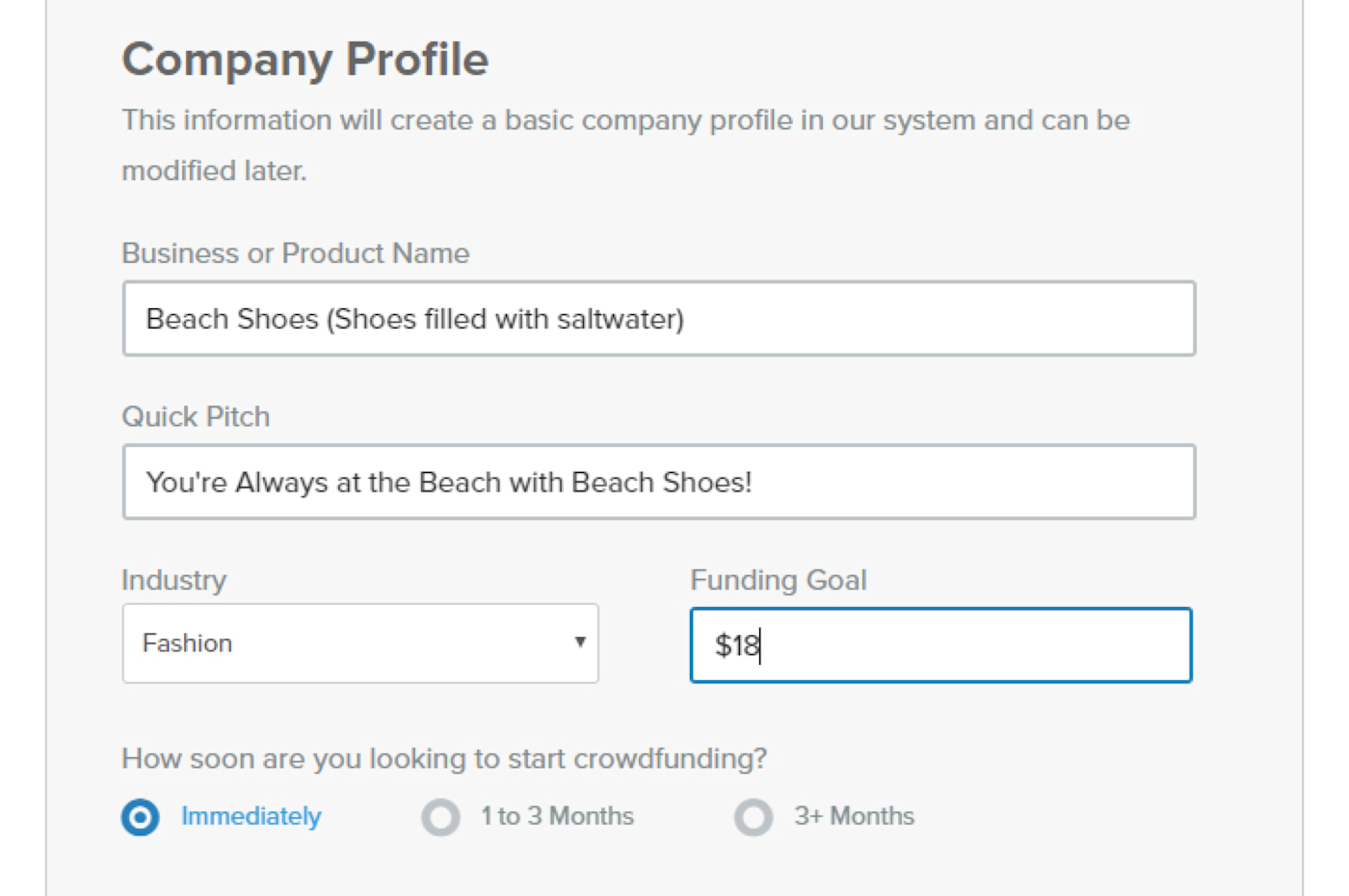
UNYQ: Raised over $1.5 million on Fundable
UNYQ, a prosthetics company, recently completed a massively successful Fundable campaign. On a mission to "infuse some much needed personalization and personality into the world of prosthetics and orthotics," the new technology and design company raised $1.6 million.
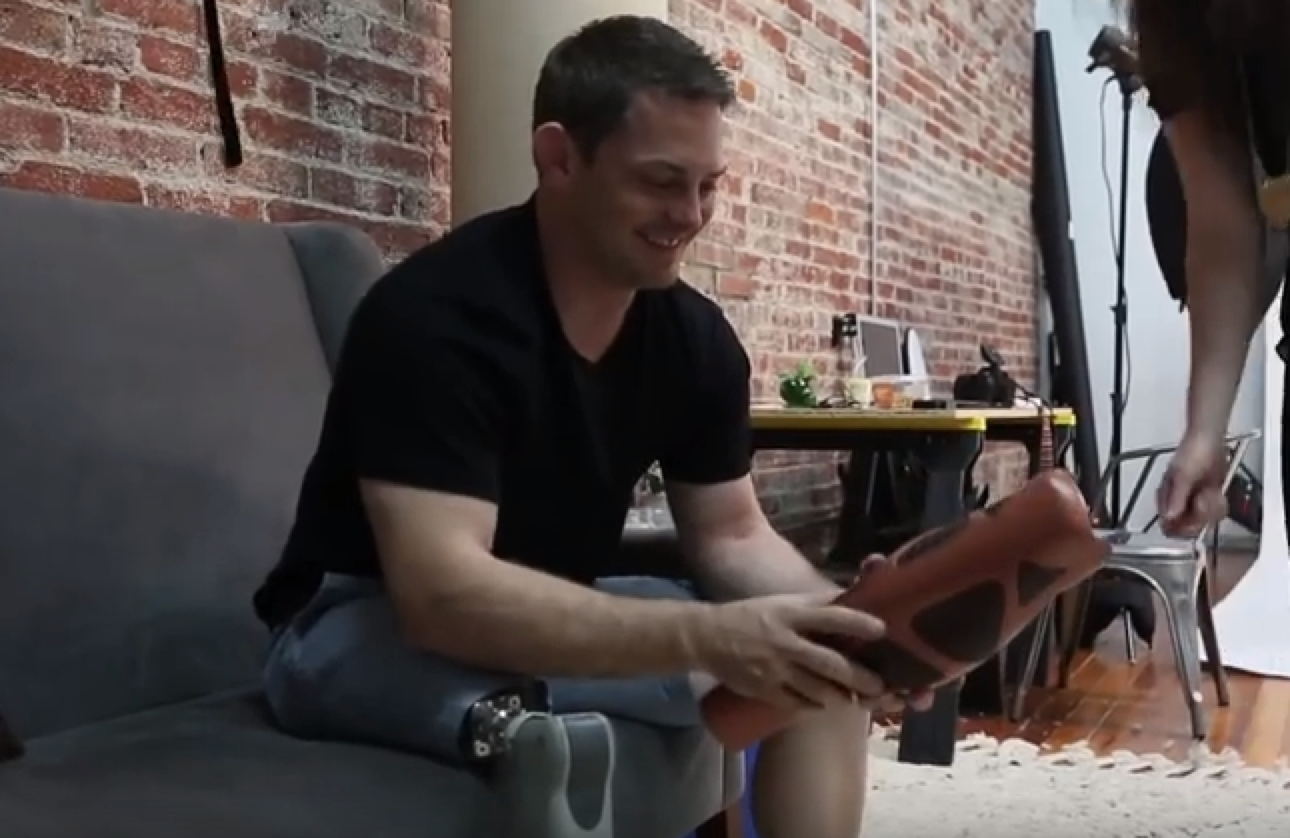
But their hook isn't functionality or accessibility, qualities typically lauded by prosthetic companies. It's self-expression and customization. A prosthetic is an extension of a person, and UNYQ succeeded on Fundable because it brought new energy to the prosthetics industry by focusing on personalization.
"In the past, we primarily focused on making the devices more functional," said UNYQ CEO Eythor Bender in an interview on Medium. "However, now we are really focused on creating something that people actually like to wear." By offering an angle that's drastically different from other companies in the industry, UNYQ set themselves up for crowdfunding success.
Crowdfunding Apps for Entertainment
Seed & Spark
Launched in 2012, Seed & Spark is a film-centric crowdfunding platform with an impressive 75 percent funding success rate. Using the platform, creators can crowdsource their TV and film projects and then release those projects through on-demand streaming.
Seed & Spark is also the crowdfunding platform raising further capital on Crowdfunder, proving that it's only a matter of time before a crowdfunding platform becomes sentient and creates an army of crowdfunding platforms to do its bidding.
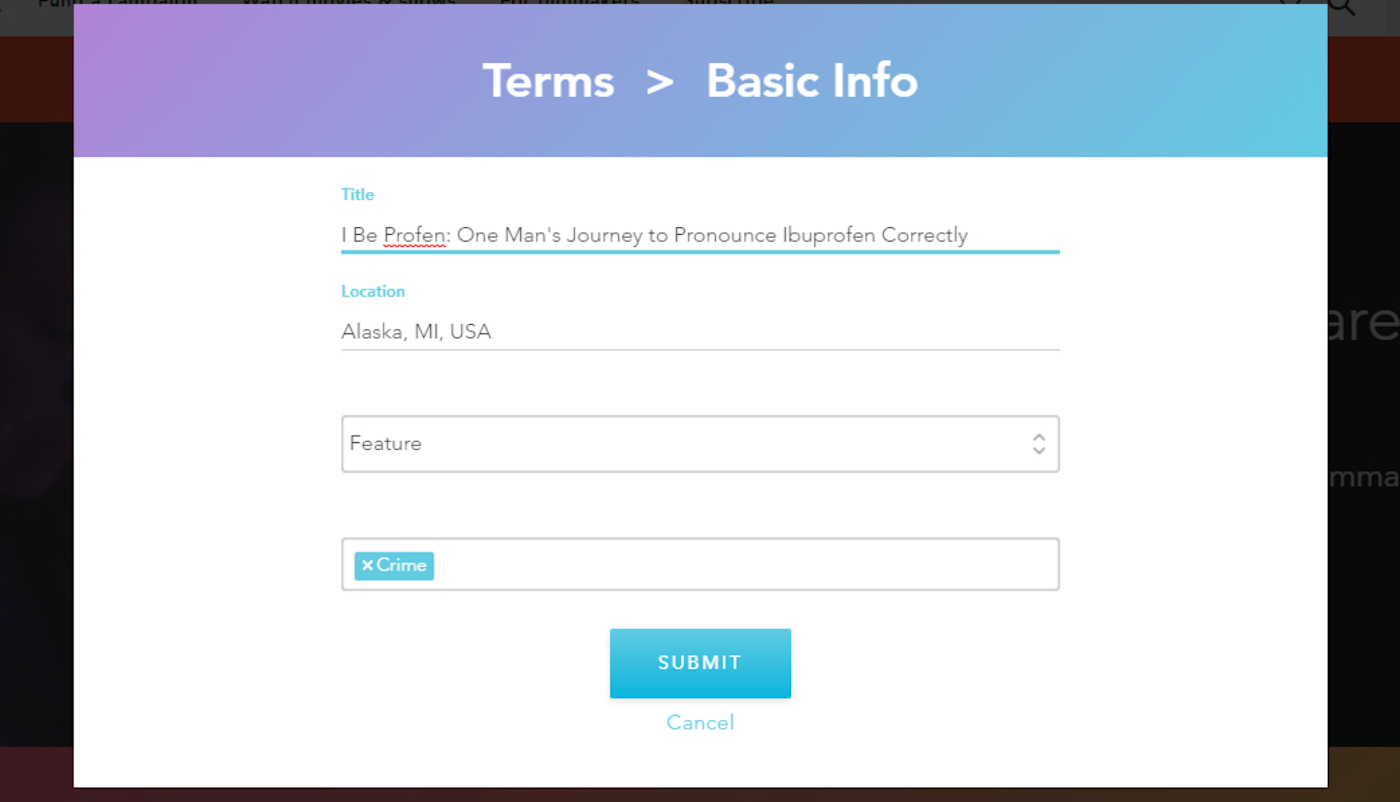
F1: Raised over $40,000 on Seed & Spark
There is tremendous diversity on Seed & Spark in terms of genre, story, and scale, but many successfully funded projects have something in common: They speak to a cultural moment.
F1 is a film project by Elizabeth Meza that recently raised over $40,000 for pre-production. It centers on two Iranian women leading very different lives, and "includes some of the harsh realities of immigration, which are highly relevant given the current social climate." It also shines a spotlight on "minority women that are not often seen."
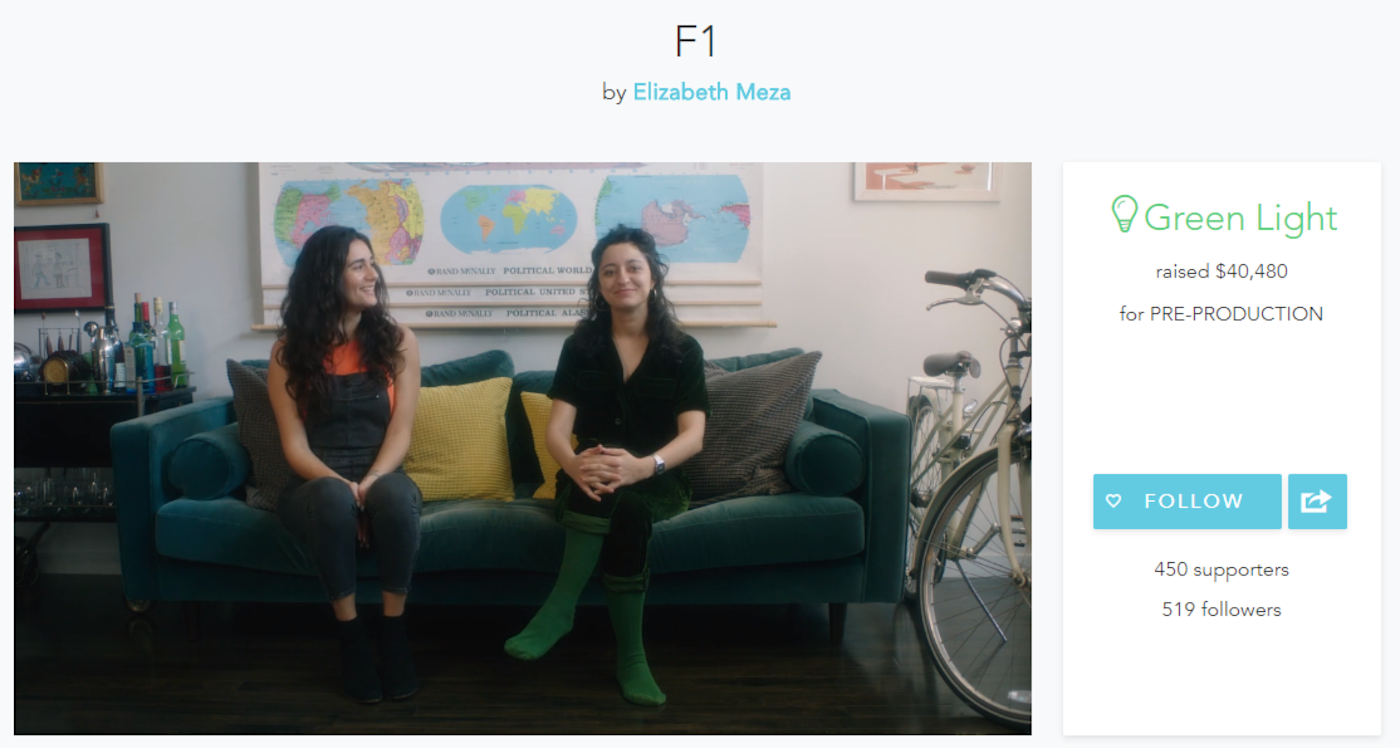
Bolstered by the contagious enthusiasm from the project creators, it's likely that F1—named after the F1 Student Visa—has been so successful because it tackles timely issues such as immigration and women's rights, and resonates with audiences passionate about social justice.
Patreon
While crowdfunding campaigns on Seed & Spark are often for one-off projects, creators can use Patreon for a continuous stream of income. This is subscription-based crowdfunding, and it's perfect for ongoing podcasts, recurring chapters in an audiobook, or TV shows.
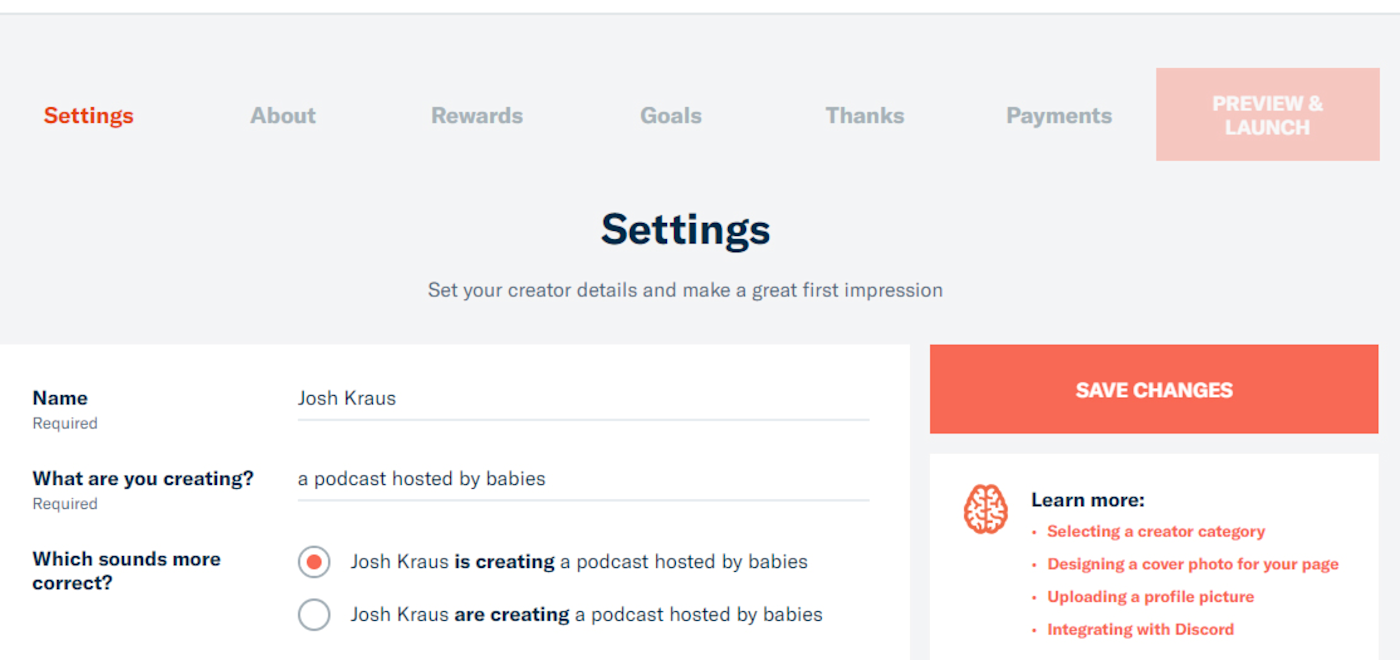
Crowdfunders go to Patreon to support things they use/watch/listen to on a recurring basis, which means that if you want to succeed on Patreon, you have to offer something worth a continuing monthly charge. In other words, a good idea won't get you very far. Patreon-funded creators need to put out consistent high quality content that audiences can't find anywhere else.
We Hate Movies: Landed over 4,000 monthly subscribers on Patreon
No one knows this better than We Hate Movies. The comedy podcast has been eviscerating bad films since 2010, and is still going strong thanks to constant content and an endless supply of podcast fodder. But having a good podcast doesn't automatically translate to a successful Patreon campgain. After all, if listeners can access We Hate Movies episodes for free on iTunes, why pay a monthly subscription? What's the hook?
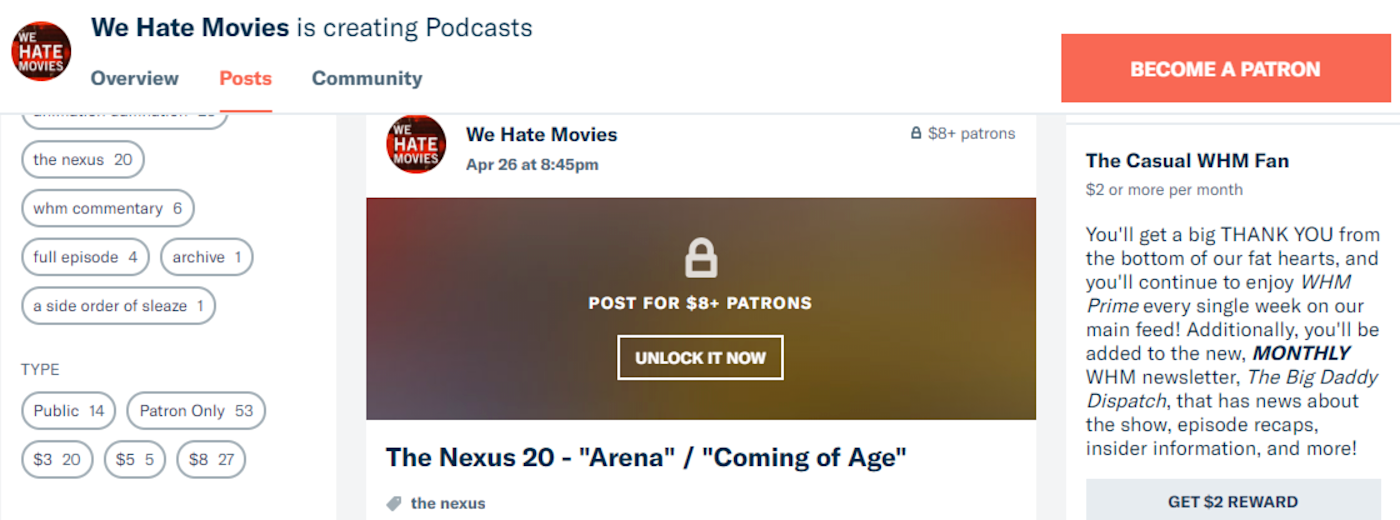
Easy: Bonus content. And lots of it.
Depending on the funding level, patrons of We Hate Movies can gain access to an extra feature-length episode per month, every episode of a second podcast they do about Star Trek, shorter episodes focused on animated TV shows, and their entire back catalog.
What's more, the bonus content is just as good as the regular content. These guys don't skimp. Everything they do, whether it's for free or costs you an extra couple of bucks, is top quality. They put the effort in, and patrons can tell.
Donation Apps for Charity
Fundly
There are numerous donation-based crowdfunding platforms, and Fundly is one of the most user-friendly: It's easy for those with little-to-no tech experience to share their campaign with their contacts and on social media. This is important, because the aforementioned crowdfunding platforms are mostly used by creators who have at least some basic tech savviness. But donation-based platforms attract a wide variety of fundraisers, some of whom don't have that kind of know-how.
Fundly also allows you to fundraise for almost any cause, rather than for a registered charity. For example, you could raise money to buy arts and crafts supplies for a local kindergarten, even if that kindergarten was not a registered 501(c)(3) non-profit.
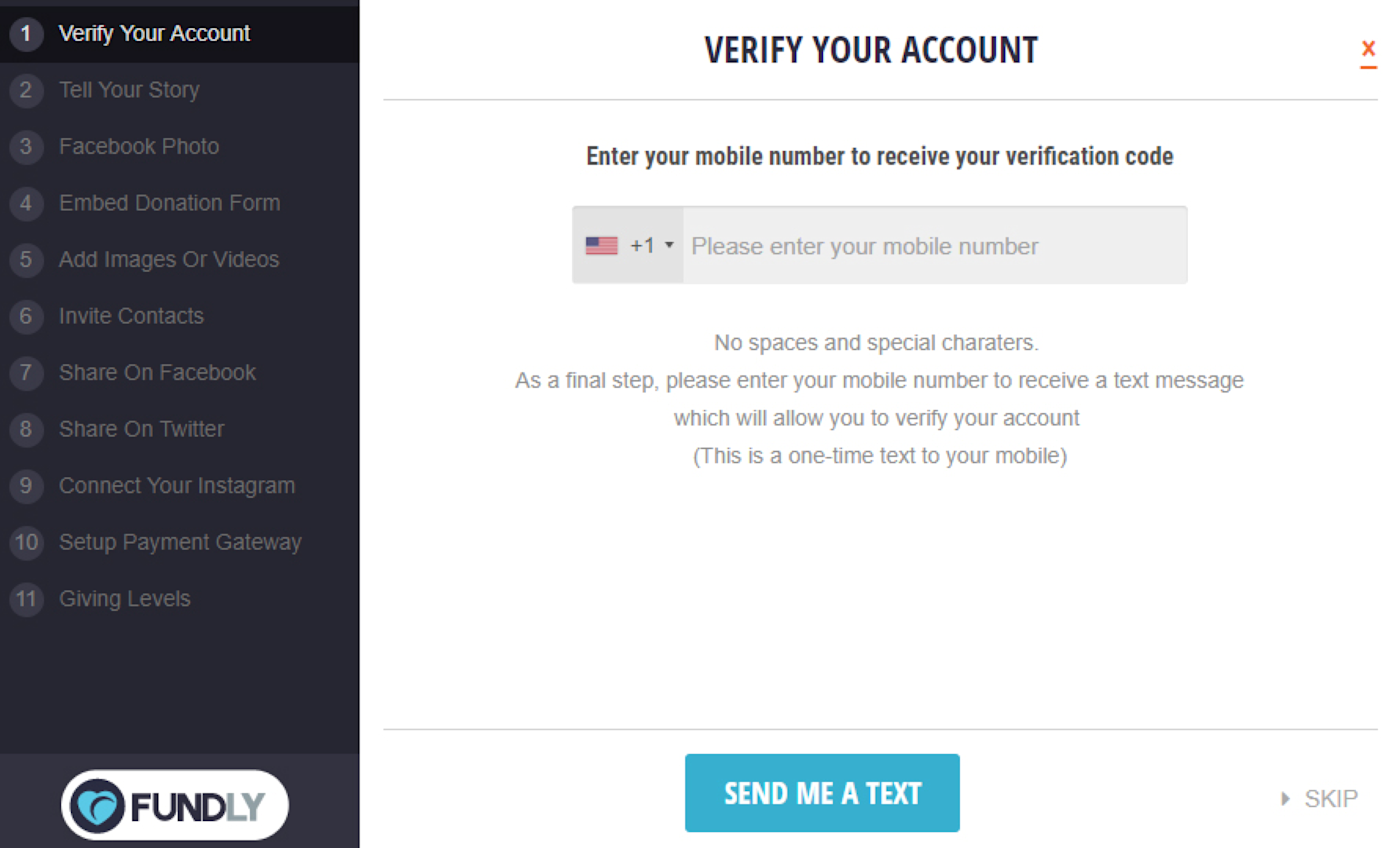
Back the Badge Michigan: Raised over $3,000 on Fundly
It would be a beautiful thing if simply having a good cause inspired people to donate. But donation-based crowdfunding is a cluttered space, and even these campaigns can't escape the need for a hook.
One recent Fundly campaign exemplifies the importance of having a good cause and a good hook. Back the Badge Michigan exceeded its fundraising amount and garnered meaningful support from funders thanks to a clear, concise, and location-specific cause focused on something tangible: supplying K9 police officers with the equipment they need to stay safe.

Back the Badge has a specific cause that appeals to a very specific group of people—the local populace concerned about their safety and the safety of their police—and they made it easy for audiences to understand exactly where their money would be going.
CrowdRise
CrowdRise functions similarly to Fundly, but it has the added benefit of being a division of GoFundMe, one of the most popular donation-based platforms around. It already has a built-in audience, and it has enough pull to frequently feature celebrities in campaigns.
Another key difference from Fundly is that in order to receive donations, you must be fundraising for a registered 501(c)(3) non-profit.
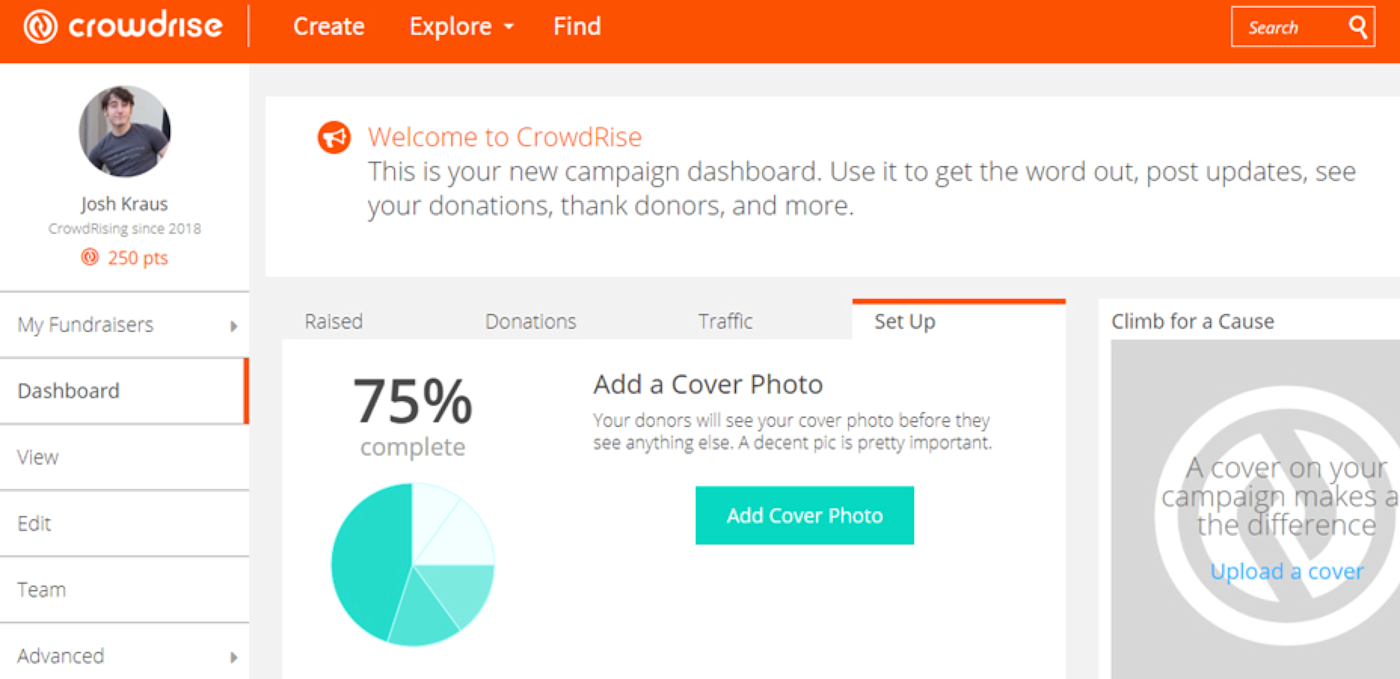
From Pregnancy to Infancy: Raised over $11,000 on CrowdRise
For a better idea of what type of campaigns work well on CrowdRise, check out From Pregnancy to Infancy. The organizers are raising money for the international non-profit Amurtel to support refugee mothers and babies in Greece, and have surpassed their fundraising goal in part by framing their cause in a way that resonates with audiences.
One of the first lines on their campaign page reads:
"Can you imagine giving birth to your baby and returning from the hospital to a tent pitched on concrete in the summer heat?"
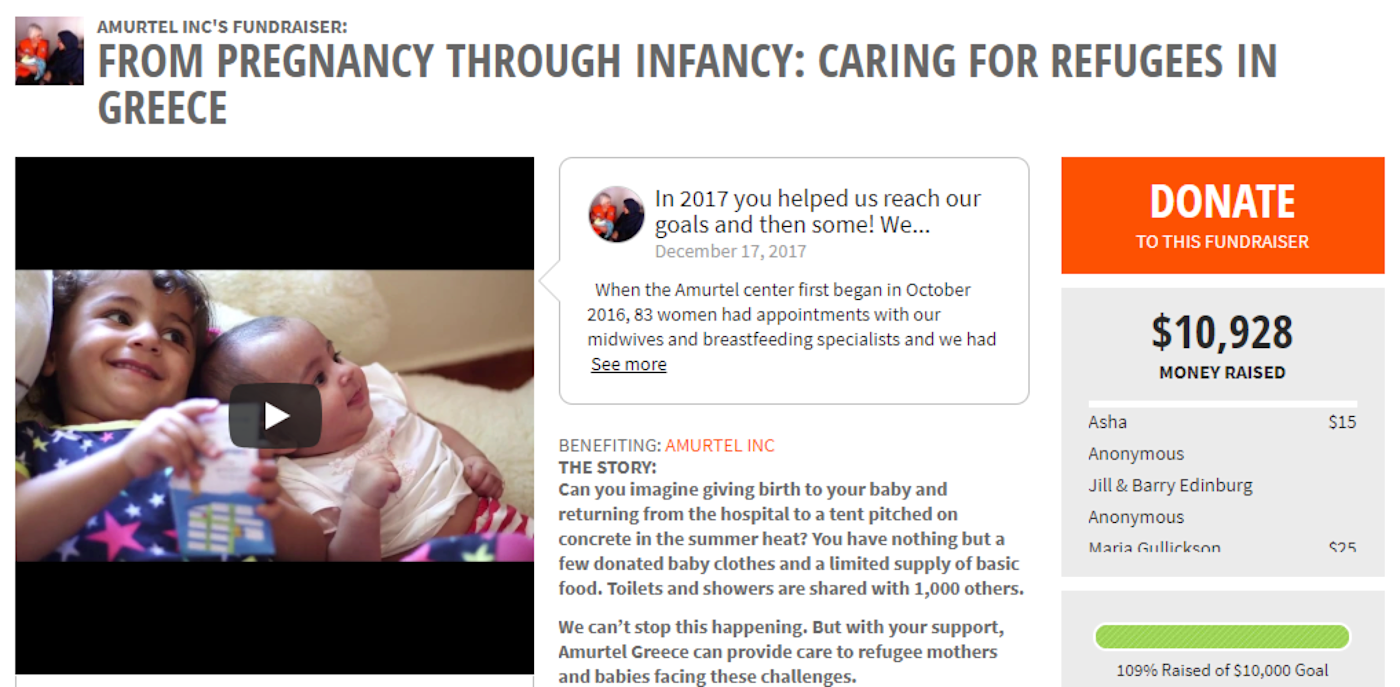
So many of us have learned to tune out atrocities and numb ourselves to strife and injustice. But when reading something like that, it's hard to remove yourself from the reality. It's pointed and honest—and it's a hook.
The Crowdfunding Apps Behind These 8 Successful Campaigns
Kickstarter—best for specific, U.S.-based products and ideas
Indiegogo—best for international creators wanting comprehensive marketing and analytics resources
Crowdfunder—best for high growth products that require serious venture capital
Fundable—best for high growth products that want to reach a broad audience
Seed & Spark—best for film projects
Patreon—best for recurring podcast and television projects
Fundly—best for fundraisers not associated with an established charity
CrowdRise—best for fundraising for an established charity
Whether you're raising money for a worthy cause or seeking funds for a new twist on an old product, one of these crowdfunding and donation platforms can help finance your project.
But don't make the mistake of relying solely on your project's novelty, your marketing efforts, or a well-shot video to hit your goal. To give yourself the best chance of success, you have to pick the crowdfunding app that's right for your project and come up with a hook that will earn you backers.
What makes your project unique—and how do you frame that unique quality? If you can answer that question, you're on your way to crowdfunding success.





